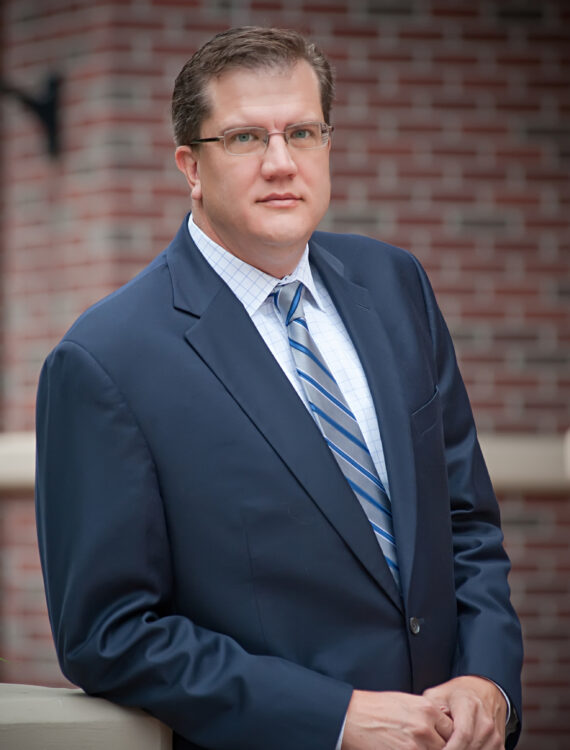Spoiled on cheap energy, Florida homes among highest energy consumers
In Orlando, a home burns 1.4 pounds of coal every hour
By Kevin Spear/Sentinel Staff Writer
Floridians give little thought to running up their power bills.
They leave lights on, set thermostats on chilly and shower until the hot water is gone. Many have no clue whether their homes are energy gluttons.
Energy ignorance, however, is starting to hurt. Electricity prices are on a climb that could last for years because of environmental regulations to address global warming and because of jumps in prices for power-plant fuels. In the span of six months, Orlando Utilities Commission boosted its rate nearly 21 percent.
Progress Energy, the region’s largest electricity provider, raised its price 25 percent and caused a customer howl louder than any regulators can recall. In response, the utility will whittle down the hike to 11 percent but warned of a bump next year.
"I thought something was wrong with my meter," said Bryan Panting of Oviedo, one of almost 6,000 Progress customers who complained in January and February to the state Public Service Commission.
With utilities making good on predictions for an expensive future of energy, Floridians will face power bills as big as car payments unless they change habits and improve the homes’ efficiency. The experts say Floridians can take prudent steps to cut their power consumption by a third.
"You can not only afford to do it, you’d be smart to do it," said Philip Fairey, deputy director of the Florida Solar Energy Center.
But the transition looks to be difficult.
Energy inspectors say too many customers know next to nothing about the ways they gobble up electricity. For example, they don’t know whether their attics have a shred of insulation, or they can’t find air-conditioning filters to see whether they are clogged and causing higher electricity costs.
Gadgets’ power adds up
More households are welcoming bigger inventories of game machines, digital-photo frames and plasma TVs. Gadgets such as phone chargers and TV remotes devour energy even when not used.
Overall, Floridians run through thousands of dollars’ worth of power bills annually but have only a fuzzy notion of how they use electricity and what it costs.
"We know the price of gas by passing 10 signs on the way to work," Fairey said. "I’d say 99.9 percent of people don’t know what they pay for a kilowatt-hour of electricity. We’ve got to change that."
Unlike in other states, Florida industry and businesses aren’t heavy consumers of electricity. Homes use the biggest share, which is a lot.
California’s 13 million homes use less electricity than do Florida’s 8 million-plus, which account for the nation’s second-highest residential consumption of electric power. Energy-rich Texas claims the nation’s highest demand.
Florida homes are being built to increasingly higher standards for energy efficiency. That’s good: While the number of homes was growing by 200,000 annually until recently, they also got bigger. Average square footage has expanded from 1,500 in the 1970s to 2,400 today.
"Just as we started driving bigger cars and SUVs, we did the exact same thing in our homes," said Neal Elliott, senior associate with the American Council for an Energy-Efficient Economy.
Cheaper than in 1980
In many respects, it’s hard to blame Floridians. The state’s power plants long have had easy and affordable access to coal and natural gas.
Florida electricity isn’t rock-bottom cheap, as in coal-rich West Virginia, or as pricey as in energy-impoverished Hawaii. When adjusted for inflation, however, the state’s electricity prices fell from 1980 to 2000.
"Part of the problem is that energy has been thought of as free, almost," said Jim Fenton, director of the Florida Solar Energy Center, a branch of the University of Central Florida.
It’s not free. But many newcomers to Florida have marveled at how little it costs. New Yorkers, for example, pay nearly twice as much.
The Cocoa-based Solar Energy Center found that one legacy of inexpensive electricity will be costly for years to come. According to center analysis, nearly a million pools were built in Florida with pipes 1½ inches in diameter. Had 2-inch piping been used, at little extra cost, pool pumps could run with less effort and consume less electricity.
The extra electricity now needed to push water through smaller piping amounts to the output of a medium-sized power plant.
Florida’s laggardly energy ways haven’t gone unnoticed. For example, the American Council for an Energy-Efficient Economy in 2006 ranked Florida’s energy efficiency 29th in the nation.
Energy Star homes rare
Meanwhile, other states have been waking up. Across the nation in 2007, about 11 percent of homes were designed to the efficiency standards of the federal Energy Star program. In some high-growth states, participation was far greater. Nevada’s rate was nearly 50 percent. In Texas, it was 34 percent.
But in Florida, less than 3 percent of new homes met Energy Star’s efficiency specifications.
There are relatively easy steps Floridians can take to get serious about conserving electricity.
Progress Energy and OUC launched programs last year to help customers get solar panels that heat water. The systems cost about $5,000 or less, depending on tax credits, rebates and subsidies, and can pay for themselves in a few years. Then they make hot water for free and reduce a home’s demand for electricity by nearly 20 percent. Yet customer interest has been lukewarm.
Of 1.7 million Progress customers, about 1,300 have had the systems installed. Among 214,000 customers of OUC, nearly 100 have signed up to heat their water with the sun.












